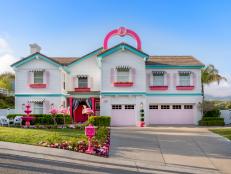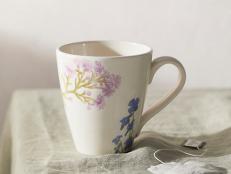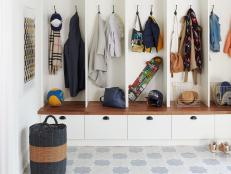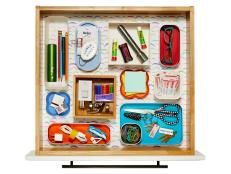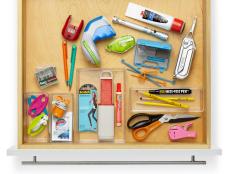The Best and Worst Time to Tackle These Chores
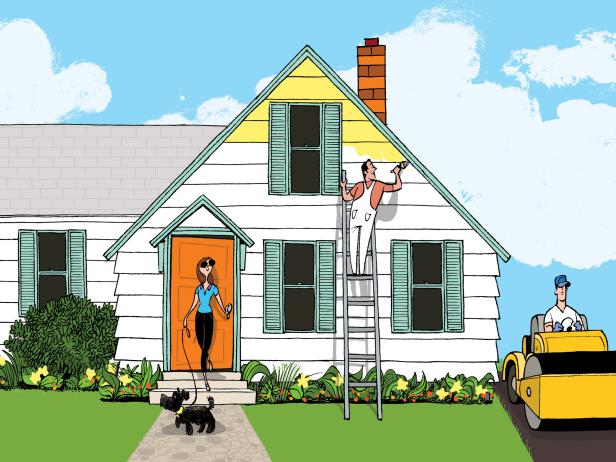
Bill Brown
Clean Your Gutters
Best: Early spring and late fall, after the leaves have finished falling from nearby trees. Clearing gutters twice a year prevents built-up debris, such as sticks and bird and animal nests, from weighing down the gutters.
Worst: Early fall, before all the leaves have turned and fallen. Also, put off this chore when the ground is wet or slippery, which makes using a ladder unsafe.
Get Your Chimney Inspected
Best: Spring, when business in the field is slow. Companies might offer discounted services this time of year, and you’ll have several months to get repairs done before the cold weather returns.
Worst: The fall. Chimney pros’ busy season hits as summer winds down, meaning it could take weeks to get one to your house. Even then, freezing temps and snow could delay repairs
Paint Your House’s Exterior
Best: On a dry day when the forecast calls for a temperature between 50°F and 95°F and it won’t dip below freezing at night—usually early summer.
Worst: When it’s about to rain, humid, or chilly—below 50°F during the day and 32°F at night. Avoid wind too. It makes being on a ladder difficult and potentially dangerous.
Pave Your Driveway
Best: Early summer through early fall, when the ground is fully thawed out and can be tightly packed to create a smooth surface for pavers or asphalt. If you’re using asphalt, pave when you’re not expecting guests—the surface has to dry for 48 to 72 hours before you can drive on it.
Worst: Spring, when the weather is typically wet and the ground may still be partially frozen, which could cause lumps in the driveway’s foundation.
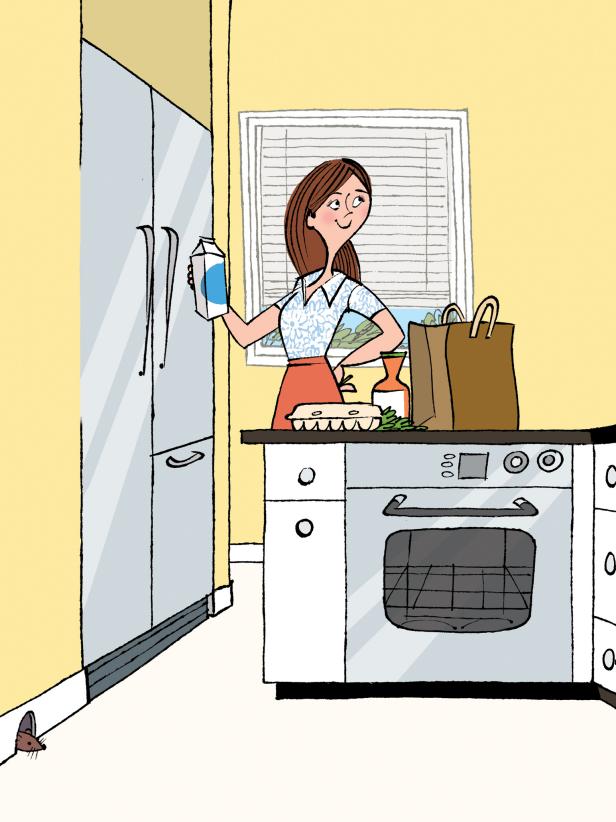
Bill Brown
Buy a Major Appliance
Best: September and October. These months are just ahead of new model releases, so stores get anxious to clear their inventory. Also look for sales during weekends before or after holidays like Presidents’ Day, Memorial Day, the Fourth of July, and Labor Day.
Worst: November, December, and January, when you’re most likely to pay full retail price.
Grocery Shop
Best: For the biggest savings, hit the store the same day its circular comes out (Wednesday or Thursday in most areas). To avoid crowded aisles, shop Monday or Tuesday between 10 a.m. and 3 p.m. if you can.
Worst: Weekends, when stores draw the most people, and after 6 on weeknights, when you’ll battle tired, cranky shoppers. Also note that on-sale items may be out of stock the day after the circular is released; wait a day and they should be back on shelves.
Hire an Exterminator
Best: Schedule routine pest treatments for a time when kids and pets can stay in another room for a few hours. The pro will tell you if you need to leave the house and for how long.
Worst: For outdoor treatments, when it’s raining. Most products must be carefully applied and allowed to dry quickly—tough in wet weather.
Run Your Oven’s Self-Cleaning Feature
Best: When you won’t need the kitchen for a while. The oven’s self-clean cycle takes three or more hours and can create funky fumes, so open the windows and hang out elsewhere in the house.
Worst: Before bed or when you’re not home. Oven grime could get overly smoky or actually ignite. Avoid this feature before a big holiday too. The extreme heat could damage the oven’s electrical parts or the door’s latch, which you’d need to get fixed before using the oven again.
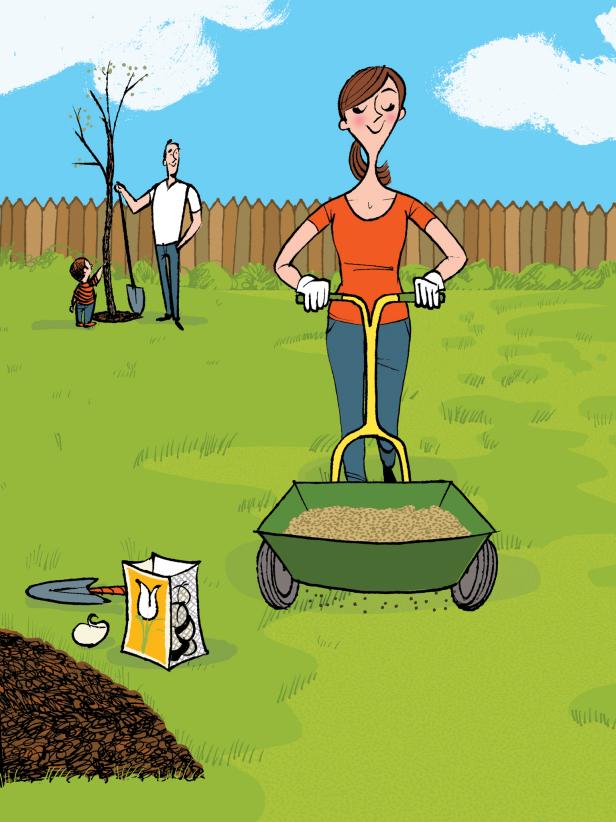
Bill Brown
Plant a Tree
Best: Spring, after the ground has thawed and before the tree you want to plant has sprouted all its leaves, or early fall.
Worst: Midsummer. The heat and process of transplanting can stress the tree, giving it less energy to settle its roots into its new home.
Reseed Your Lawn
Best: Fall if you live in a cool climate; spring or summer if you live somewhere warm. Grasses grown in colder climates, such as Kentucky bluegrass and fine fescue, need cool soil and adequate rainfall to establish their roots. In warmer areas, you might be using Bermuda grass or zoysia, both of which prefer temperatures in the 70s or higher to get started. Plant those in late spring or by midsummer.
Worst: Midsummer for cold-climate grasses. Heat poses a challenge for grasses trying to grow their roots, and weeds are more likely to fight for real estate. For warm-climate grasses, the worst time to plant is in the early fall. Seeds won’t have enough time to establish themselves before temperatures drop.
Plant Bulbs
Best: Six weeks before your area’s first frost date for spring-blooming bulbs like daffodils and tulips (to find this date for your area, go to almanac.com). For summer-blooming bulbs like cannas and other lilies, plant in late spring, when the chance of frost is over.
Worst: Early in the spring, when cold, wet soil can cause bulbs to rot.
Our experts: Kevin Anundson, chairman of the board of the National Association of the Remodeling Industry; Ashley Eldridge, education director at the Chimney Safety Institute of America; Tom Feiza, engineer, home inspector, and president of Tom Feiza Mr. Fix-it Inc.; Ron Harrison, Ph.D., entomologist and technical services director at Orkin; Debra Johnson, home cleaning expert at Merry Maids; Phil Lempert, editor of supermarketguru.com; Lou Manfredini, home expert at Ace Hardware; Jo Natale, vice president of media relations at Wegmans; Barbara Pierson, nursery manager at White Flower Farm; Michael Schmechtig, president of Schmechtig Landscapes; Ronnie Stapp, consultant, grass seed program, at Pennington Seed; Rick Watson, manager of product information at Sherwin-Williams; Andrea Woroch, consumer savings expert








